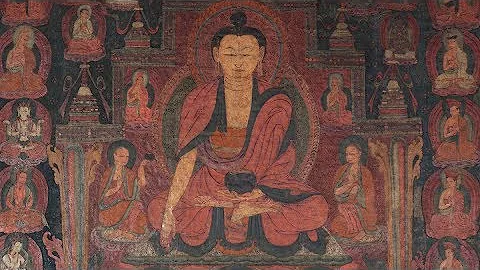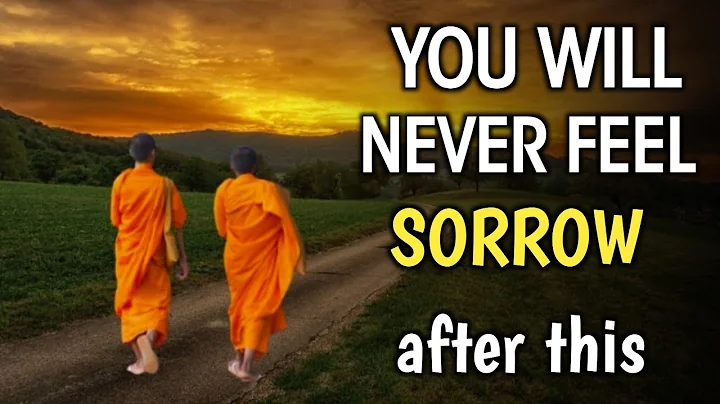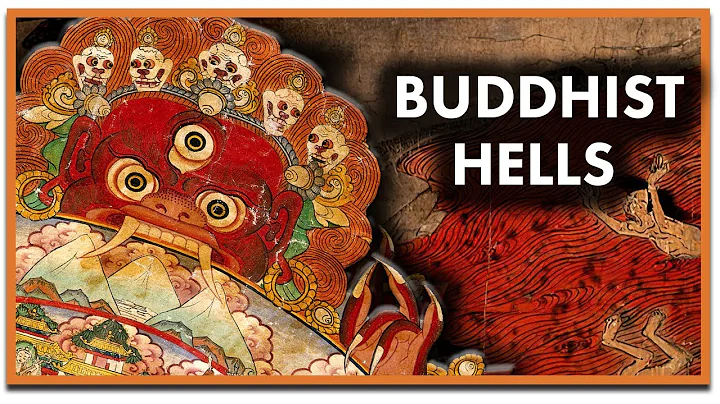There are many Thangka categories:
1, by content: Buddha Thangka, Biographical Thangka, Historical Thangka, Myth and Legend Thangka, Teaching Thangka, Astronomical Thangka, Calendar Thangka, Tibetan Medicine Thangka, etc.

thangka
2, according to size: huge thangka, ordinary thangka, small thangka.

thangka
3, according to material:
(1) Embroidered thangka. Embroidered with various colors of silk thread, this Thangka is durable and not easily damaged.
(2) Kesi Thangka. Using the method of "passing through the warp and breaking the weft", the weft threads of various colors are used to weave the pattern where the pattern needs to be woven, and the warp threads are interwoven.
(3) Brocade Thangka. The texture is mostly satin, and the weft is composed of various colors of silk threads, which are woven in jacquard in a staggered manner to form the desired pattern, image and scene.
(4) pile embroidery , also known as decal thangka. First, cut each color satin into figures (figures, birds and beasts, trees, pavilions, flowers and plants, etc.), and paste them on the base material of thangka.
(5) Painting thangkas. Most of them are first painted on paper, cloth, cowhide, sheepskin, etc., and then made into thangkas. Its basic painting form is the same as that of frescoes. Later painting thangkas developed, and some were carved into printing plates, which could become "printed thangkas".
(6) Pearl thangka. Pearl thangka is a special variety in thangka paintings, and the number is very small. The Tara and pearl thangkas in Changzhu Monastery in Shannan, Tibet, are made up of tens of thousands of pearl treasures and artistic stones strung together.
The hand-painted thangkas are further divided into: color tang (white background, drawn with various colors), golden tang (gold background), silver tang (silver background), red tang (red background), black tang (black background).

Thangka
Thangkas with Buddhist themes need to be consecrated to buy
Thangkas with Buddhist content as offerings must be hidden and consecrated. On the back of the thangka, the head, neck and heart of the Buddha statue are covered with red Write Sanskrit Om, Ah, Moo with the pen, and ask the lama to recite the scriptures for blessing and consecrate it. Many thangkas have Tibetan characters written in red pen on the back, indicating that these thangkas have been installed and consecrated by monasteries or private living Buddhas since they were completed. There are also some Thangkas that do not have the above text written, but have a complete handprint or signature, which is also the form of consecration. Tibetan Buddhist believers believe that by enshrining and consecrating thangka Buddha statues that are indistinguishable from real Buddha , enshrining and cultivating them can also get the blessing of the Buddha.
Next, please enjoy a set of Mahakala thangkas numbered 138-325248:





















![[English] Who Am I - Lecture 1 - Ven. Guan Cheng - DayDayNews](https://i.ytimg.com/vi/KU0fUs2It5o/hq720.jpg?sqp=-oaymwEcCNAFEJQDSFXyq4qpAw4IARUAAIhCGAFwAcABBg==&rs=AOn4CLDFpQUN_QwRfC7bmP4sUadq-RcYdg)
![A Moving Masterpiece 清明上河图 [English narration] - DayDayNews](https://i.ytimg.com/vi/kxff-4GktOI/hqdefault.jpg?sqp=-oaymwEcCOADEI4CSFXyq4qpAw4IARUAAIhCGAFwAcABBg==&rs=AOn4CLBtHGLeUpJNCYDJYnZTuISQ1N5Vag)


